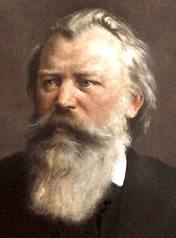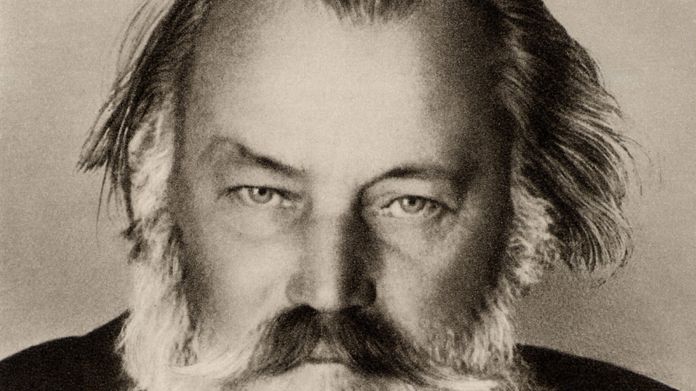Johannes Brahms’ Violin Concerto in D major, Op. 77 is one of the most celebrated violin concertos in the classical repertoire. Written in 1878, this masterpiece is known for its technical demands, rich orchestration, and profound emotional depth.
Origins and Composition
Brahms composed the Violin Concerto during the summer of 1878 while staying in Pörtschach am Wörthersee, Austria, a serene lakeside retreat where he found great inspiration. At the time, Brahms was deeply engaged in discussions with his friend and violin virtuoso Joseph Joachim, who played a crucial role in shaping the concerto. Joachim, one of the 19th century’s leading violinists, not only influenced the technical aspects of the composition but also provided critical feedback on the solo passages.
Brahms initially planned to write a four-movement concerto, akin to a symphony, but he eventually settled on the traditional three-movement structure:
- Allegro non troppo – A grand opening movement, rich in thematic development and demanding violin passages.
- Adagio – A lyrical and expressive slow movement, featuring a serene oboe solo that sets the mood before the violin enters.
- Allegro giocoso, ma non troppo vivace – A lively and dance-like finale, heavily inspired by Hungarian folk music, a favorite element of Brahms’ style.
Premiere and Reception
The Violin Concerto premiered on January 1, 1879, in Leipzig, Germany, with Joseph Joachim as the soloist and Brahms himself conducting the Gewandhaus Orchestra. The concerto was met with mixed reactions at first, as some critics found it too symphonic and challenging for violinists to perform. Even the legendary violinist Pablo de Sarasate refused to play it, famously stating that he did not wish to stand idle while the oboe played the beautiful second movement’s melody.
However, over time, the concerto gained widespread recognition for its structural brilliance and the depth of the violin writing. Joachim championed the piece, incorporating it into his repertoire and performing it throughout Europe, helping to solidify its place as one of the greatest violin concertos ever written.
Legacy and Influence
Today, Brahms’ Violin Concerto is regarded as one of the most significant works in the violin repertoire, standing alongside those by Beethoven, Mendelssohn, and Tchaikovsky. Its blend of lyricism, technical virtuosity, and orchestral richness makes it a favorite among both violinists and audiences.
The concerto continues to be performed by leading violinists worldwide and has been recorded numerous times by some of the greatest interpreters, including Jascha Heifetz, Itzhak Perlman, Anne-Sophie Mutter, and Hilary Hahn. Its ability to challenge the soloist while maintaining a deep emotional connection with the audience ensures that Brahms’ Violin Concerto remains an enduring masterpiece of classical music.


Comments are closed